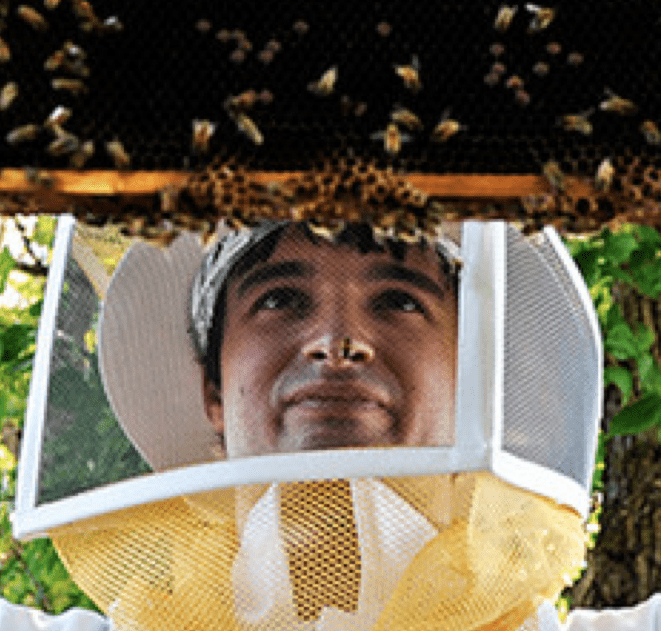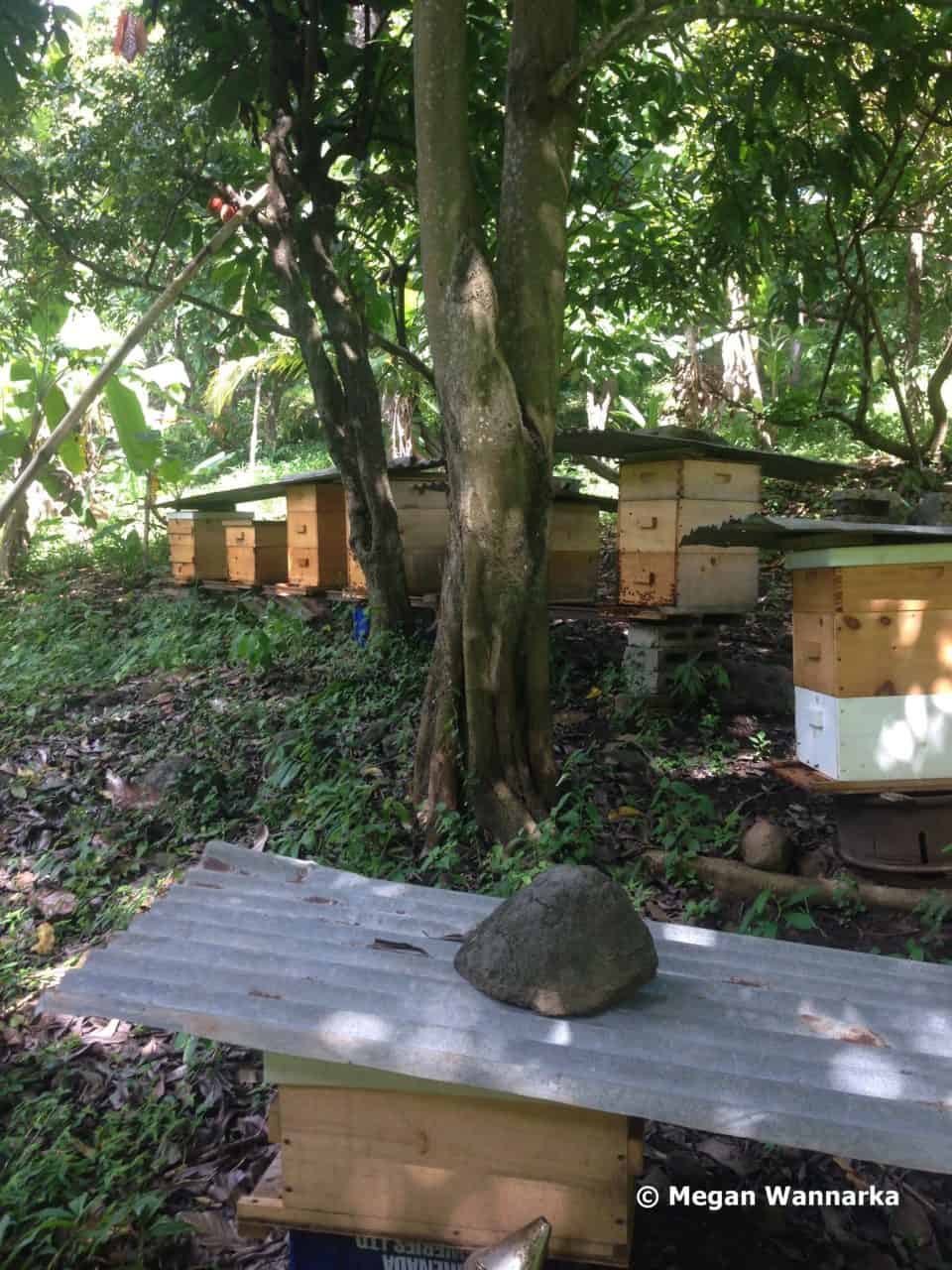Forward: For my first blog post I was asked to write about my perspective of joining BIP as a tech transfer team member. I have been in the field so much that I am just now getting around to it. I hope this blog accurately captures both the factual and emotional aspects of becoming a BIP tech team member. So here it goes... It’s About The Bees! As one of the rookies on the Bee Informed Partnership (BIP) tech transfer team, I feel incredibly lucky to have joined BIP at such an interesting time for the organization, and for the beekeeping industry itself. On the first…
Category: Announcements
The 2017-2018 Colony Loss and Management Survey – NOW LIVE!
And no, this isn’t an April Fool’s Day joke! You’re busy! We know that. You’re out catching swarms, picking up packages, and checking your colonies! So grab a coffee or tea, sit down, relax, AND… …take the Survey Today! The information that you provide will be invaluable to our understanding of honey bee health around the country. As background, the BIP’s National Loss Survey was launched for the first time in 2006, and thanks to the many thousands of beekeepers who have participated since then, we have been able to document and better understand long-term honey bee colony loss trends. Check out the interactive state…
BIP National Loss Survey Comparison with NASS results
The National Agricultural Statistical Service (NASS) recently reported the results of its second honey bee colony loss survey. The Bee Informed Partnership (BIP) also recently published preliminary loss results covering the same period. Despite the differences in methodology and sample sizes, these two surveys yielded comparable results. Specifically, we estimate 33.23% losses based on the BIP survey, and we estimate 35.39% losses when we use BIP methods to calculate losses from the NASS survey (Table 1). This is reassuring as it suggests past BIP surveys are representative of national losses despite the non-random nature of the BIP respondent pool. Both of these surveys were created…
Meet Garett Slater! New Midwest Tech Team Member
I am the newest member of the Midwest Tech-Transfer Team! I, along with my trusty comrade Phoebe Koenig, work primarily with Minnesota and North Dakota migratory beekeepers. We sample colonies for Nosema and Varroa, while performing whole colony inspections negative health symptoms, i.e. diseases, pathogens, pesticides. I am new to BIP, and in the process of meeting many ND/MN beekeepers, learning diagnostic techniques, and figuring out it is extremely easy to get lost finding bee yards (Damn you GPS!). I thoroughly enjoy this position because I get to work directly with commercial beekeepers. I am driven to provide beekeepers with data…
Hi from Phoebe Koenig, new Midwest Tech Team Member
Hi! I’m a new member of the Midwest Tech Team, and am looking forward to meeting many of you in the future. Here is a little bit about my honey bee background and my motivation for getting involved in the Bee Informed Partnership: I first became interested in honey bees when I was taking an animal behavior class as a college undergraduate. It fascinated me that so many individuals help the queen reproduce, sacrificing their own reproduction. I wanted to learn the theories underlying this phenomenon, and found that the more I learned, the more my interest in bees was cultivated. I wanted to learn…
New Web-based Tool for Fast Identification of Bee Mites
Parasitic mites are known to be a factor in recent declines in bee pollinator populations. In particular, Varroa destructor, an introduced parasite and disease vector, has decimated colonies of the western honey bee, one of the most important agricultural pollinators in the world. Further, global trade in alternative pollinators increases the likelihood of moving mites, so there is a potential for more Varroa-style invasions. USDA’s Identification Technology Program (ITP) has released Bee Mite ID: Bee-associated Mite Genera of the World, its latest identification tool, to help biosecurity specialists and beekeepers identify the mites of greatest concern, which could help prevent such invasions. Bee Mite ID…
Want to Help Bees? – BIP Tech Team Fundraiser
Want to Help Honey Bees? DONATE! Help us expand the Bee Tech Team program to improve honey bee health and safeguard the food supply. WE NEED YOUR HELP. The success of the Bee Tech Team program has created demands beyond the scope of our existing funds. To scale our impact, we’re launching a campaign to raise 50K, a small portion of those funds. Help our campaign by donating funds and sharing our ask with others. ENGAGE. Help us spread the word by agreeing to share our campaign with your network. AMPLIFY. Provide a grant and/or matching funds to ensure the campaign’s success. HOW DO BEE TECH…
Introduction to Megan Wannarka, Senior Laboratory Technician with Midwest Tech Team
As the newest member of the Bee Informed Partnership and Midwest Tech Team, I am learning quickly the ins and outs of the BIP team, sampling techniques, lab diagnostics, and the best part, meeting lots of beekeepers and asking questions. I have been lucky enough to work 4 races (Italian, A. ligustica; Carniolan, A. carnica; Russian, A. caucasica; and African, A. scutellata respectively) of honey bees in 4 different countries (United States, Senegal, The Gambia, and Grenada, respectively) over the past 6 years. Seeing how commercial beekeepers work at a much larger scale is fascinating to me and from what I have seen so far,…
Interpreting and Understanding the Differences in Honey Bee Colony Loss Numbers From Different National Surveys.
Over the last year, and for the first time, the National Agricultural Statistical Service (NASS) conducted a survey to monitor colony losses. The Bee Informed Partnership (BIP), in collaboration with the Apiary Inspectors of America, has also recently published preliminary loss data covering the same time period. While the core purpose of these two surveys are the same, to track honey bee colony losses in the US, there are significant and important differences in survey design (questions asked), delivery, data presentation, and the methodology by which loss rates are calculated. These differences mean that dissimilarities in loss rates reported by both surveys are expected. This…
The National Honey Bee Disease Survey: Varroa & Nosema in the US
The National Honey Bee Disease Survey investigates honey bee apiaries throughout the US to see if three exotic honey bee pests are still absent from our shores. Samples collected from 41 states and two territories reveal that we are still free of the Tropilaelaps mite, Slow bee paralysis virus, and the Asian honey bee Apis cerana. If you think varroa is tough to manage, its diminutive cousin Tropilaelaps can reproduce much faster, resulting in many more mites feeding on developing honey bee larvae. We don’t want any of these three exotics as they would add additional stress and pressure to honey bee health. Make a call…

